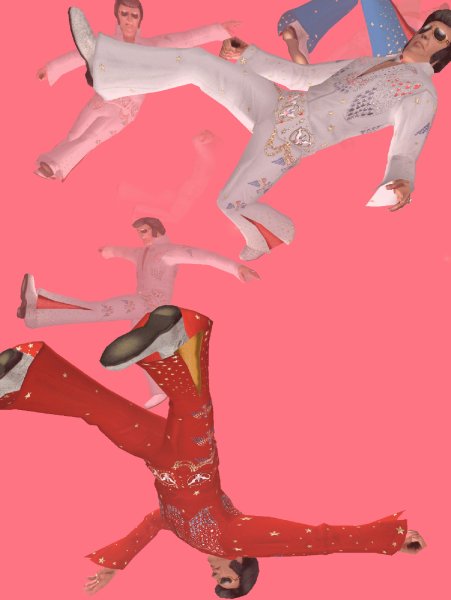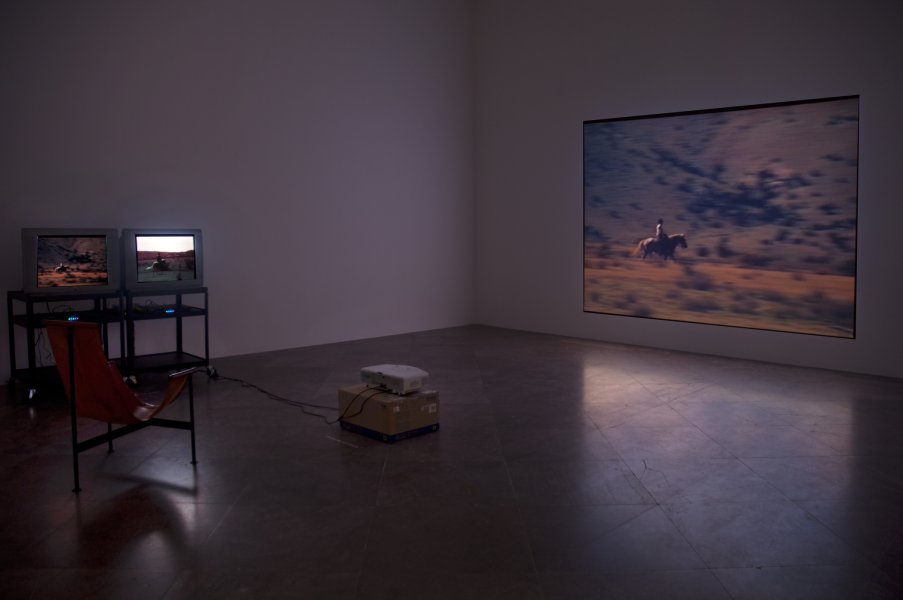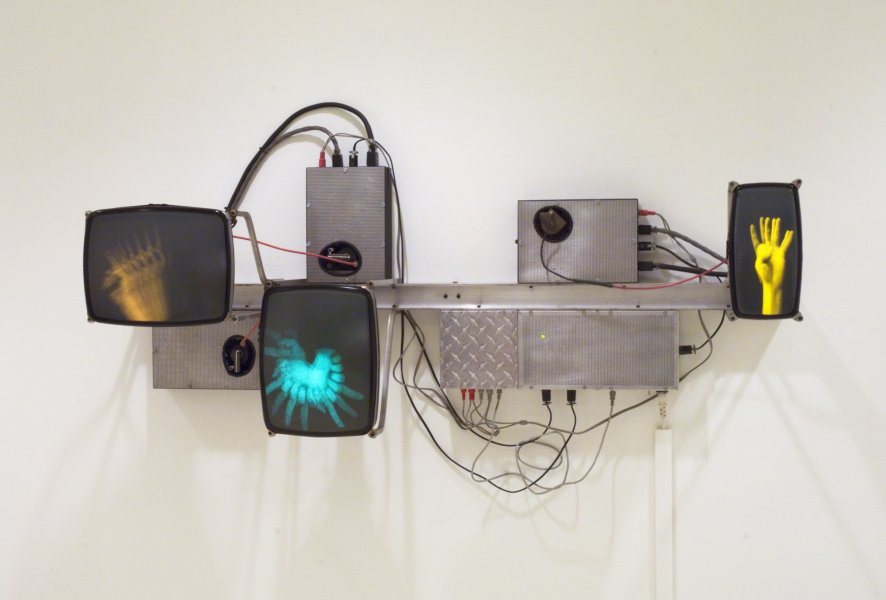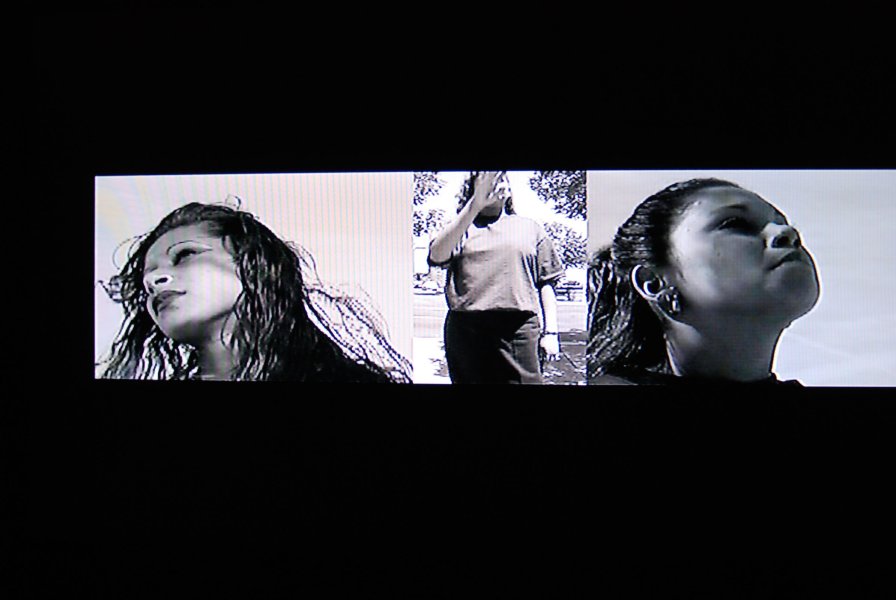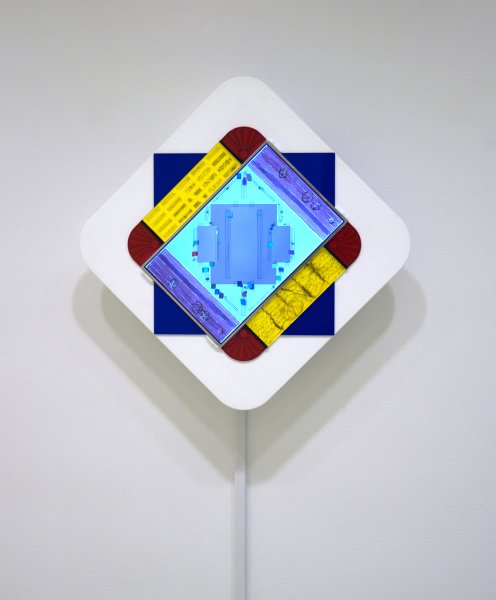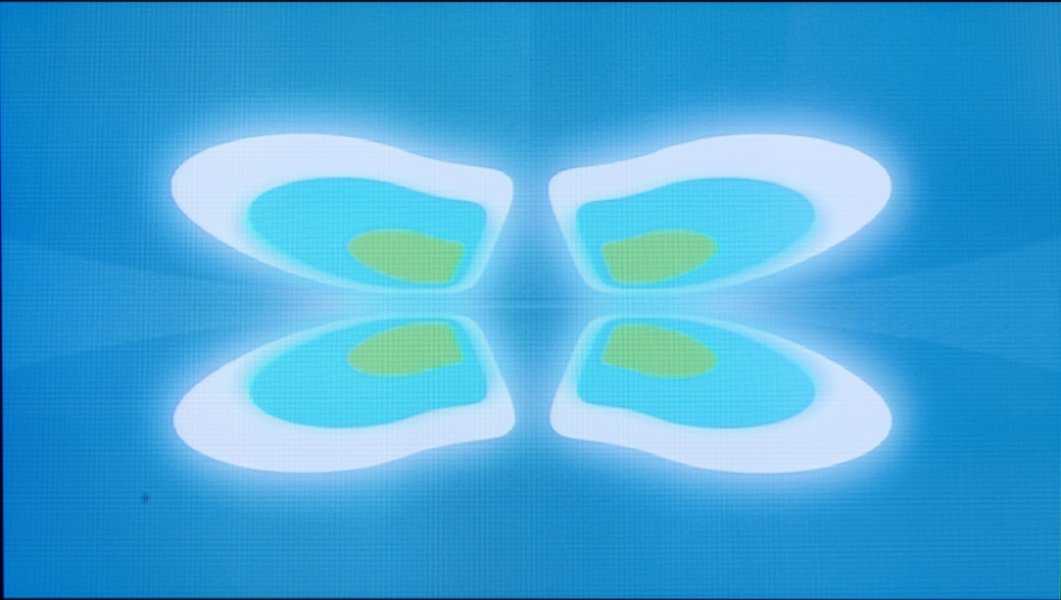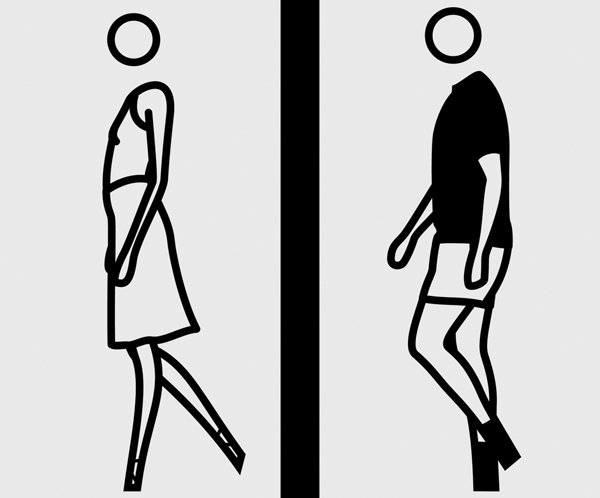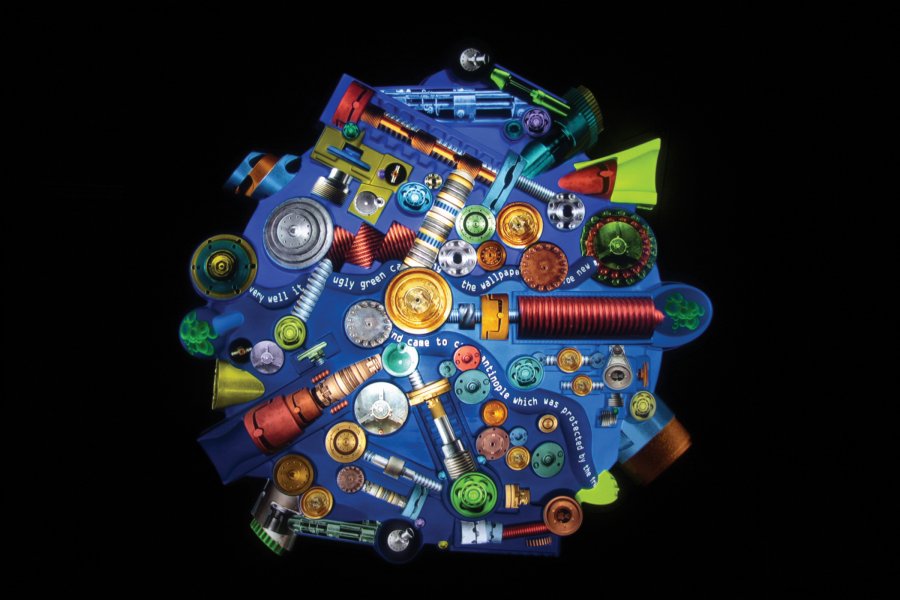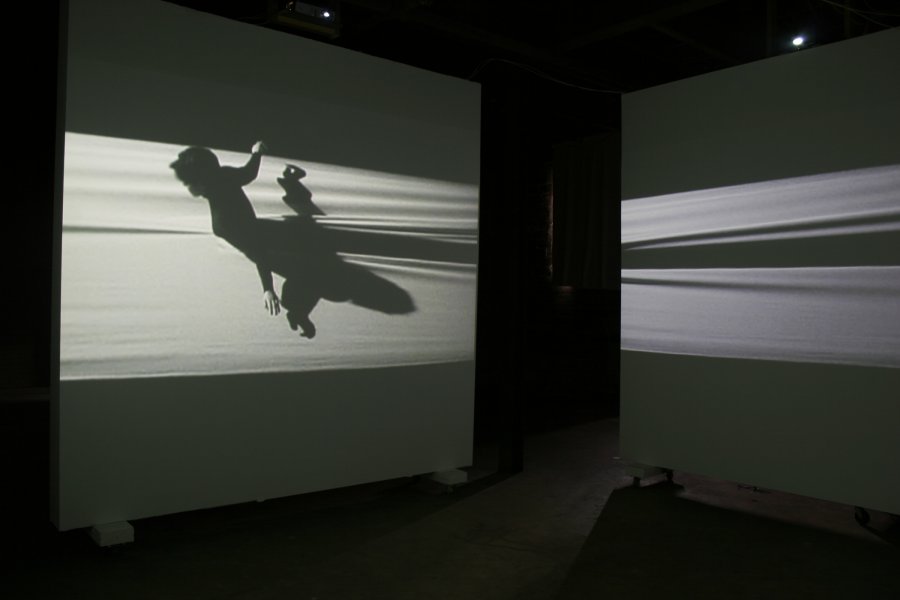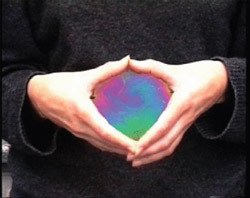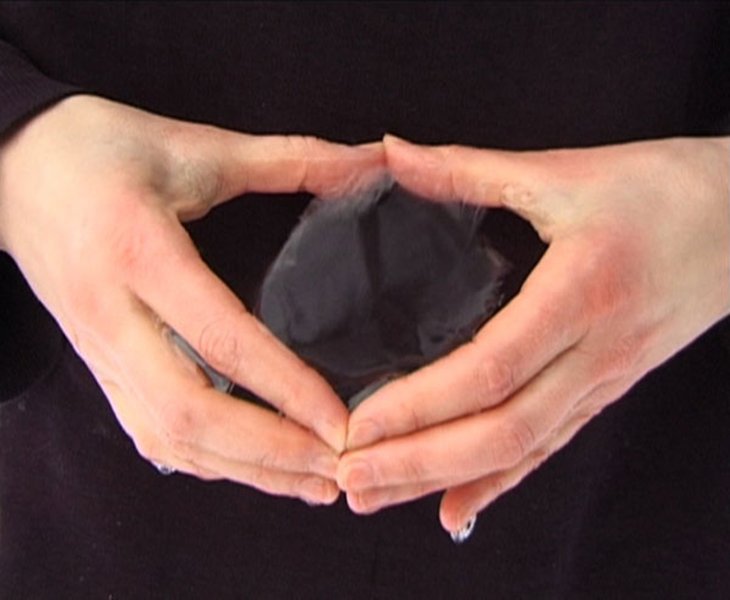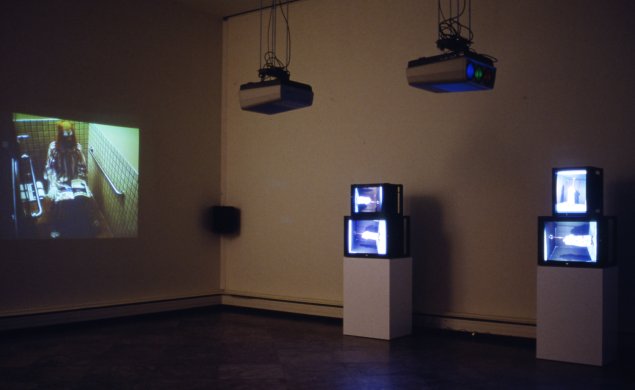Videosphere: A New Generation
Friday, July 1, 2011–Sunday, October 9, 2011

Installation view of Videosphere: A New Generation featuring Isaac Julien's WESTERN UNION: Small Boats, 2007. Photograph by Tom Loonan.
1905 Building
Videosphere: A New Generation was the first-ever exhibition of works in new media drawn exclusively from the Albright-Knox’s collection. Featuring 26 works by 24 artists, it highlighted the museum’s recent acquisition of new media works with various styles and approaches. Emerging talent and pioneers in the field, including Cory Arcangel, Jeremy Blake, Phil Collins, Brody Condon, James Drake, Isaac Julien, Bruce Nauman, João Onofre, Kelly Richardson, and Peter Sarkisian, each work in video, film, computer animation, and/or the repurposing and modification of old technology.
Artists have increasingly experimented in new media since the late 1960s. According to Michael Rush in New Media in Art, artists today “who employ these new media see themselves as part of the change and want to participate in it. They are excited by the possibilities of technology, not alienated by them.” Television, film, and other pervasive forms of technology make up the everyday experiences of artists, just as they make up the experiences of viewers. While artworks using new media play a novel role within the greater context of art history, their presentation within the museum setting has grown more popular as technology has advanced. Given its resonance with artists of recent generations, this genre of work has become an increasingly integral component of strategies surrounding collections of contemporary art.
Videosphere marked the first exhibition focusing on the power and influence of new media held at the Albright-Knox since Being & Time: The Emergence of Video Projection, organized in 1996 by Curator Marc Mayer. Being & Time focused on a curated selection of six artists working specifically in video projection—Willie Doherty, Gary Hill, Bruce Nauman, Tony Oursler, Diana Thater, and Bill Viola. While none of the exhibited works were part of the museum’s collection at the time, the Albright-Knox did acquire Viola’s The Messenger, 1996, from a separate project: 1997’s New Room of Contemporary Art: Bill Viola’s Messenger, which was also curated by Mayer. It was only the second work that focused on new technologies to enter the Albright-Knox’s collection; the first was Nam June Paik’s Piano Piece, which was both created and acquired in 1993. Many works in new media entered the museum’s collection beginning in 2004, including the then-recent shared purchase of Bruce Nauman’s seminal work Green Horses, 1988, with the Whitney Museum of American Art, New York.
Videosphere: A New Generation debuted several works that had not been installed since their addition to the Albright-Knox’s collection and presented a unique opportunity to exhibit the work of each artist within the context of the work of their peers. Together, the complex works presented in this exhibition refer to social, political, psychological, and environmental themes, and they create compelling narratives that can only be realized through these varied, yet distinct, mediums. From performance as a poignant gesture or a mirror of contemporary societal commonalities to grandiose filmic applications and animated fantasy worlds, these works are immersive and experiential and will take each viewer on a powerful emotional journey.
This exhibition is organized by Curator for the Collection Holly E. Hughes






